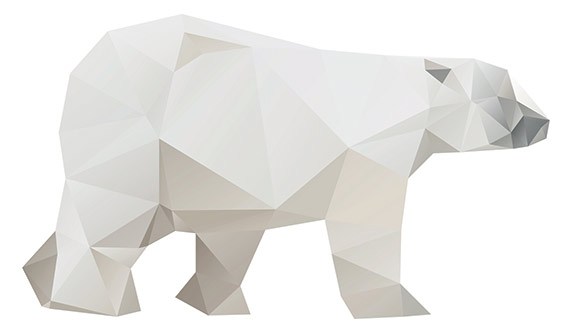Cool composites
 Like polar bears and snowmen, some things perform at their best in the cold, including CrMnFeCoNi, a metallic alloy made of chromium, manganese, iron, cobalt and nickel. Although it’s incredibly tough and strong at room temperature, the alloy actually becomes tougher and stronger the colder it gets — unlike most materials. Now, materials science professor Robert Ritchie and a team of scientists have identified the mechanisms that make it one of the toughest metallic alloys at any temperature. Using transmission electron microscopy, the researchers studied the alloy at nanoscale as it was subjected to strain. The resulting images showed how several phenomena work together to prevent damage from spreading, including structures that develop across cracks like bridges to prevent them from growing wider. Commonly seen in composites and ceramics, this bridging mechanism is unusual in unreinforced metals. Future applications may include cryogenics as well as research to design stronger, tougher metallic materials.
Like polar bears and snowmen, some things perform at their best in the cold, including CrMnFeCoNi, a metallic alloy made of chromium, manganese, iron, cobalt and nickel. Although it’s incredibly tough and strong at room temperature, the alloy actually becomes tougher and stronger the colder it gets — unlike most materials. Now, materials science professor Robert Ritchie and a team of scientists have identified the mechanisms that make it one of the toughest metallic alloys at any temperature. Using transmission electron microscopy, the researchers studied the alloy at nanoscale as it was subjected to strain. The resulting images showed how several phenomena work together to prevent damage from spreading, including structures that develop across cracks like bridges to prevent them from growing wider. Commonly seen in composites and ceramics, this bridging mechanism is unusual in unreinforced metals. Future applications may include cryogenics as well as research to design stronger, tougher metallic materials.

